Electromagnetics Blog Posts
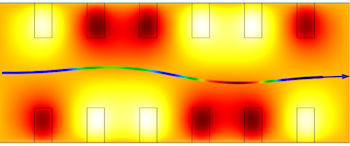
How Does the Choice of Ray-Tracing Algorithm Affect the Solution?
When performing a high-frequency optics simulation, do you use a sequential, nonsequential, or exact ray tracing algorithm? Learn how to choose to make the most of your solution.
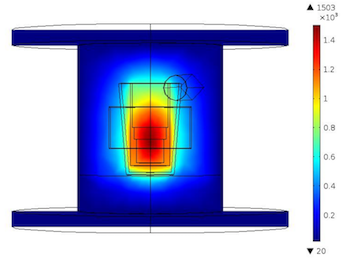
Optimizing Microwave Furnaces for Solar-Grade Silicon Production
For silicon to be considered “solar grade”, it has to be 99.9999% pure. Therefore, microwave furnaces used to produce solar-grade silicon need to be optimized for quality and efficient output.
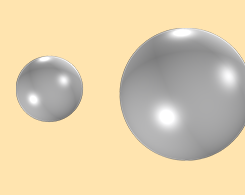
How to Calculate a Capacitance Matrix in COMSOL Multiphysics®
Calculating the capacitance between two conductors is simple, but adding more conductors to the mix (as is the case with touchscreens, transmission lines, and capacitive sensors) adds complexity.

How to Model the Optical Properties of Rough Surfaces
We develop a computational model for calculating the optical properties of rough surfaces, such as incident light on a dielectric material with random variations in height and thickness.
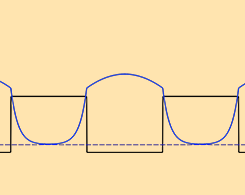
Computing the Band Gap in Superlattices with the Schrödinger Equation
You can easily compute the effective band gap for a superlattice structure by using a predefined Schrödinger Equation interface and building a simulation application.
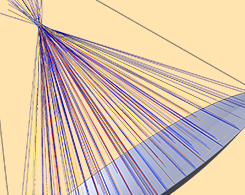
Efficiently Optimizing Solar Dish Receiver Designs
By building a simulation application of a solar dish receiver, you can efficiently test different geometries for the dish cavity to determine the optimized shape for your design.
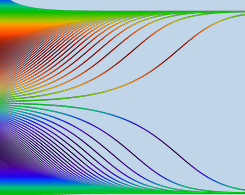
Benchmark Model Shows Reliable Results for Inertial Focusing Analysis
Inertial focusing involves the migration of particles through a channel. This benchmark model analyzes particle behavior in an inertial focusing process with validated, reliable results.
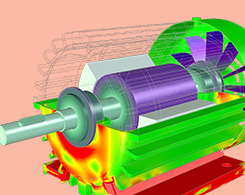
Analyzing the Structural Integrity of an Induction Motor with Simulation
The AC induction motor was invented by either Nikola Tesla or Galileo Ferraris, depending on who you ask. Either way, you can evaluate the structural integrity of this device with simulation.
